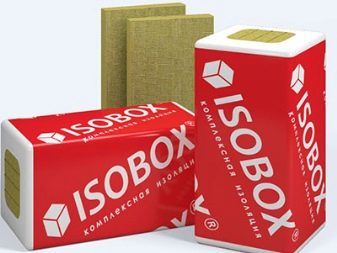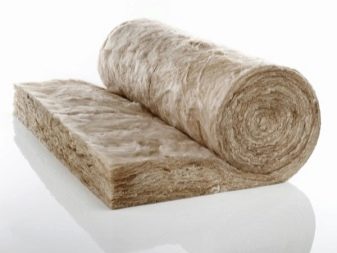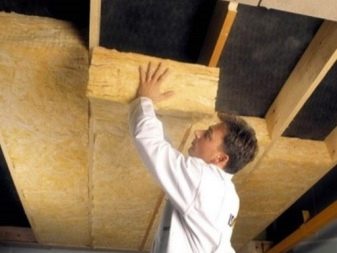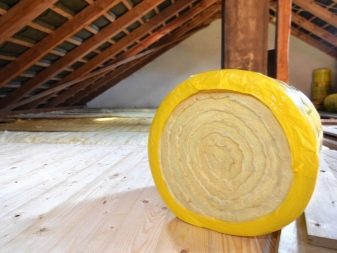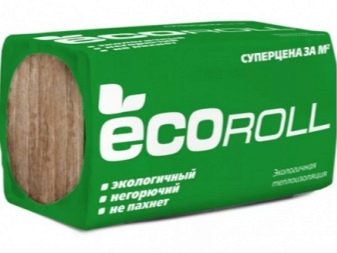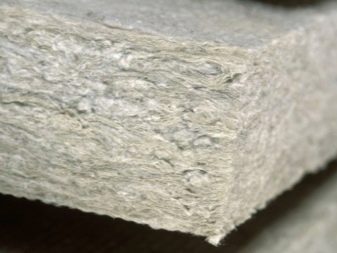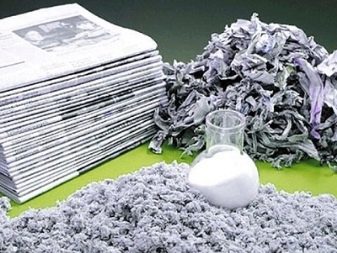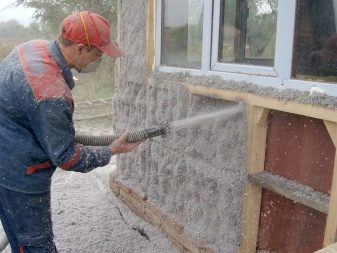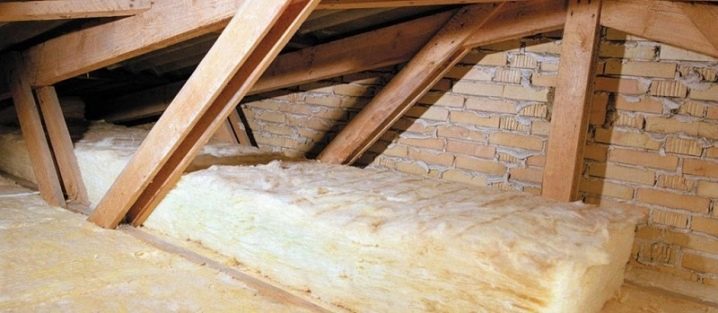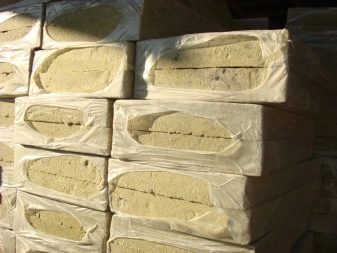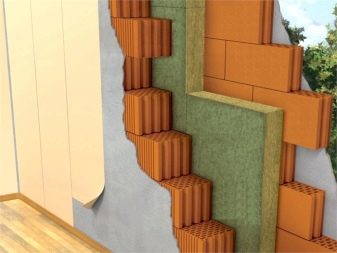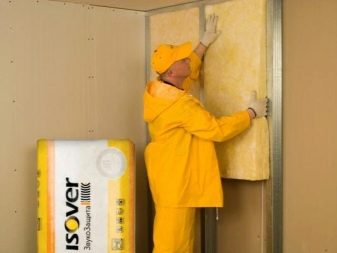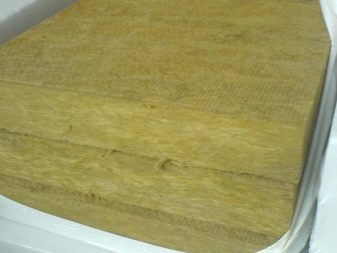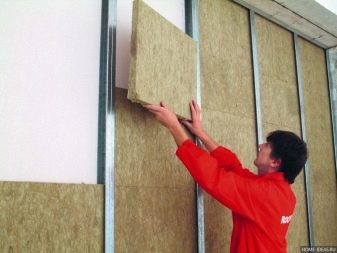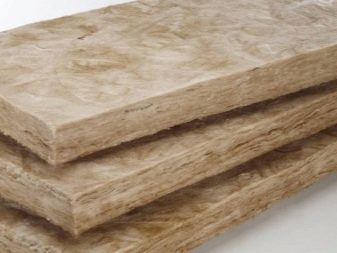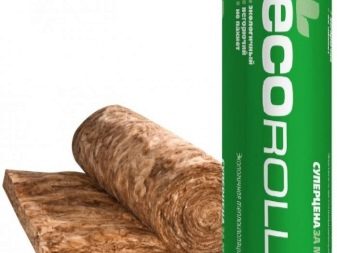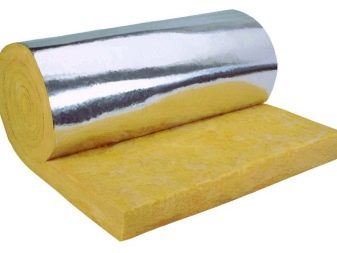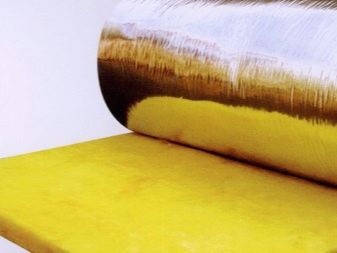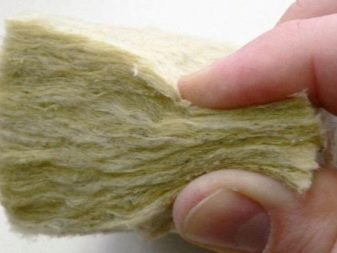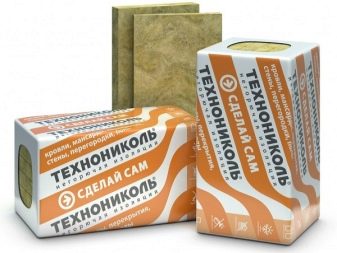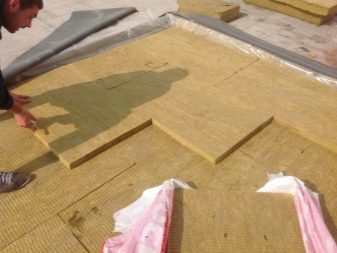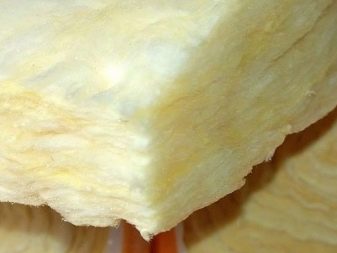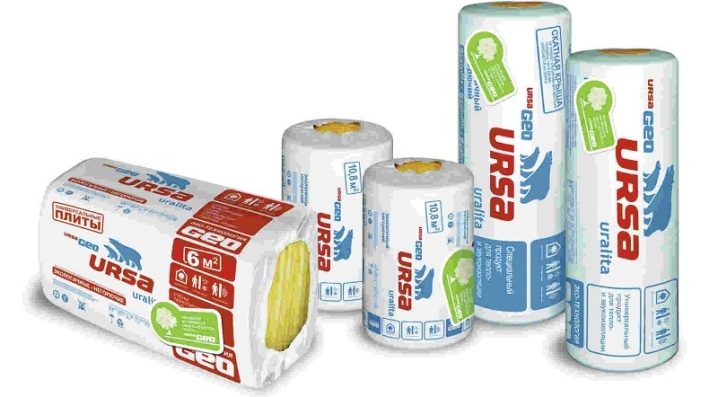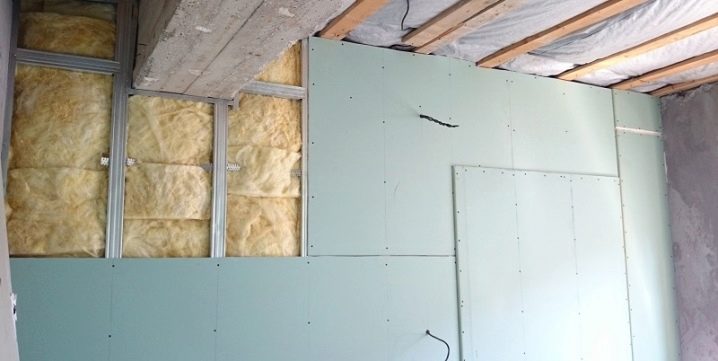Sound insulation cotton wool: material specifications

One of the most difficult stages of construction are insulation and sound insulation of the building. The use of insulation materials greatly simplifies this process. However, the question of their choice of materials remains relevant - it is necessary to choose a suitable product, correctly mount it.
Special features
Sound insulation wool, better known as mineral wool, is a material for reducing the level of noise entering a room. Do not confuse this material with sound-absorbing analogue, which absorbs noise inside the room, preventing it from spreading outside the room.
The basis of wadded insulation is long and flexible inorganic fibers obtained from quartz, basalt, limestone or dolomite.
The manufacturing process involves melting the stone base, after which fibers are drawn out of it, which are then formed into filaments.
Sound-proof sheets are formed from threads, and the material is characterized by a chaotic arrangement of fibers. Numerous air “windows” are formed between them, due to which the sound insulation effect is achieved.
Wadded materials for sound insulation have the following technical properties:
- low thermal conductivitythat allows you to use cotton wool as a heater;
- fire resistancecaused by the stone base material;
- strength - we are talking about the high strength characteristics of not a single fiber, but a cotton sheet;
- resistance to deformationincluding the compression of the material, its heating or cooling;
- hydrophobicity, that is, the ability to repel particles of water;
- durability - The average service life of wadded soundproof materials is 50 years.
Scope of application
Mineral wool today is characterized by a wide range of applications. The material is actively used for insulation of surfaces exposed to heat, walls and floors, fire protection of various structures, as well as for sound insulation of residential and non-residential, including industrial premises.
There are the following areas of use of cotton sound insulators:
- isolation of the outer part of buildings of plaster and mounted type;
- insulation of the interior of the buildings - walls, ceiling, floor in the apartment, private house, as well as in household buildings;
- insulation of multi-layer enclosing structures;
- insulation of industrial equipment, engineering structures, pipelines;
- insulation of roof structures.
Kinds
Depending on the composition, properties and scope of application, there are 3 main types of wool for sound insulation:
Material
Basalt
At the heart of the material - basalt, characterized by durability. This causes the best performance of sound and heat insulation of the finished product, the ability to withstand heat while maintaining technical properties up to a temperature of +600 degrees.
For the manufacture of basalt wool used fibers with a length of 16 mm. Their diameter does not exceed 12 microns. Unlike slag and glass, this type of mineral wool is environmentally friendly., it is convenient to cut it, when used in the process of installation it is not pricked.
Glass
Glass wool is a product of glass and limestone processing, to which sand and soda are added. The result is a durable and resilient material, which, however, has less fire resistance. The maximum heating temperature is 500 degrees. The material is very fragile, pricking. Release form - rolls.
Glass wool is well known even to people far from construction. At non-observance of the rules of safe mounting, thin and long (up to 50 mm) threads of the material immediately dig into the skin. That is why the installation of glass wool should be made only in overalls, protecting hands and eyes.
Slag
The basis of the material are blast furnace slags, which are characterized by residual acidity. In this regard, even a small amount of water that has fallen on the insulation, provided it is laid on top of the metal, provokes the occurrence of an aggressive environment.
Characterized by increased hygroscopicity, slag wool is not used to insulate facades and pipelines. The maximum possible heating of the material does not exceed 300 degrees.
Ecowool
It is a material that consists of 80% recycled cellulose. Initially ecowool insulated structure, but very quickly found that it is also suitable for noise insulation. According to its heat-insulating properties, it is not inferior to foam plastic.However, rigid polystyrene plates are not suitable for insulating pipes and other structures of complex shape.
Installation of ecowool requires special equipment, in addition, it is combustible, it is able to accumulate moisture.
Density
Depending on density indicators, the following types of wool are distinguished:
Easy
Density indicators - up to 90 kg / m³. Serves for warm and sound insulation, is mounted in the places which are not subject to loadings. An example of this type of material is the noise insulation Minwat P-75 with a density of 75 kg / m³. It is suitable for thermal insulation and sound insulation of attics and roofs, pipelines of the heating system, gas pipelines.
Tough
It is characterized by a density of more than 90 kg / m³, and during use it may be subject to some load (its degree is determined by the density of cotton wool). The hard one is cotton wool P-125, used to insulate the walls and ceilings of buildings, internal partitions of rooms.
Technical
It is used to isolate industrial equipment, able to withstand significant loads. For example, mineral wool PPG-200 is used to isolate engineering structures, serves to increase the fire resistance of structures.
Release form
Depending on the form of release mineral wool products are of the following types.
Mats
Convenient for use on a large area for installation in suspended ceilings, partitions. For ease of transport and storage, the material is compressed., and after opening the package acquires the declared parameters. The disadvantage is the difficulty of cutting in small pieces.
Slabs
Tiled products have good noise insulation properties (especially when absorbing "air" noise), easy to install. It is used to insulate roofs, walls, ceilings. Density values usually do not exceed 30 kg / m³
Hard plates
Such material in the plates is recommended to absorb "shock" noise. They are easy to install, easy to cut. An important requirement is the laying of a vapor barrier between the insulating material and the ceiling.
Rolls
The rolls are usually rolled material of small and medium hardness.Due to this form, it is convenient and easy to transport, the user has the ability to cut layers of material of the desired length. The width of the material is standard and is usually 1 m.
Finally, there are acoustic wool that has a foil layer on one side. Noise insulation using foiled material is effective, but is suitable for external parts of buildings or with careful insulation of the material with film.
The material with the foil does not require additional waterproofing, in addition, its insulation properties increase due to its ability to reflect thermal radiation.
The form of release of the foiled insulator - rolls and plates from basalt cotton wool or fiberglass with foil applied on one side. The thickness of the material is 5-10 cm.
Together with the indicators of the density of mineral wool, its values of thermal efficiency, fire resistance, and ability to sound insulation grow.
How to choose?
- One of the most important selection criteria is cotton wool density. The higher this figure, the higher the cost of mineral wool, due to the high consumption of raw materials.
- When buying mineral wool of a certain density, its purpose should be taken into account.If it is necessary to increase sound insulation and insulation of the facade and other elements of a private house, preference should be given to the option of medium density (50-70 90 kg / m³).
- Stone wool is considered the best option - it is an eco-friendly and fire-resistant material, which is convenient to work with. It surpasses glass wool and slag analog in its technical characteristics, however, the cost is also higher.
- If it is necessary to isolate a structure of irregular shape, it is more convenient to use a more flexible glass wool with a small or medium density (the lower the density, the softer the material, and therefore, the simpler it is on the surface of a complex shape). However, during operation it shrinks, which is important to consider when installing.
- If the heat-insulating properties of wool are no less important than sound-proofing, choose wool with a chaotic arrangement of fibers. Such a material contains more air bubbles as compared with vertically oriented analogs, and, therefore, its thermal performance is higher.
- An important parameter is the vapor permeability of the material, that is, its ability to pass moisture vapor without accumulating liquid inside the material.The value of vapor permeability is especially important when insulating the walls of residential buildings, primarily wooden. Stone wool copes better than others with vapor barrier.
- During production, polymers and other substances are used as binding elements. It is important that they do not contain formaldehyde resins. In this case, the toxicity of the material is beyond doubt.
- As with the purchase of any building materials, when choosing mineral wool, it is up to the products of well-known brands to stop your choice. The trust of buyers earned products made in Germany. Positive reviews have brands such as Isover, Ursa, Rockwool.
How to use?
When laying mineral wool heaters with their own hands, first of all, care should be taken to protect the upper respiratory tract and skin. All materials considered are more or less likely to irritate the mucous membranes of the upper respiratory tract.
One of the most important rules of sound insulation is absolute tightness. All joints between materials must be treated with silicone sealant. The use of polyurethane foam is not recommended because it will not allow for tightness.
The most common form of sound insulation of premises is the installation of drywall constructions with mineral wool materials inside. First of all it is necessary to plaster surfaces. This will not only eliminate defects, but also increase the noise insulation of the room.
Next, special brackets and profiles are installed on the walls, on which sheets of drywall are mounted. Between them and the wall are laid layers of insulation.
The important point is that the frame should be designed in such a way that there is an air strip between the drywall and the wall. Sound insulation efficiency depends on its presence and thickness.
Do not forget that the sockets and the places where pipes enter the walls are also sources of noise. They also need to be soundproofed, and the seams filled with silicone sealant.
In the next video you will find the installation of soundproofing "TEHNOAKUSTIK" from TechnoNIKOL.
